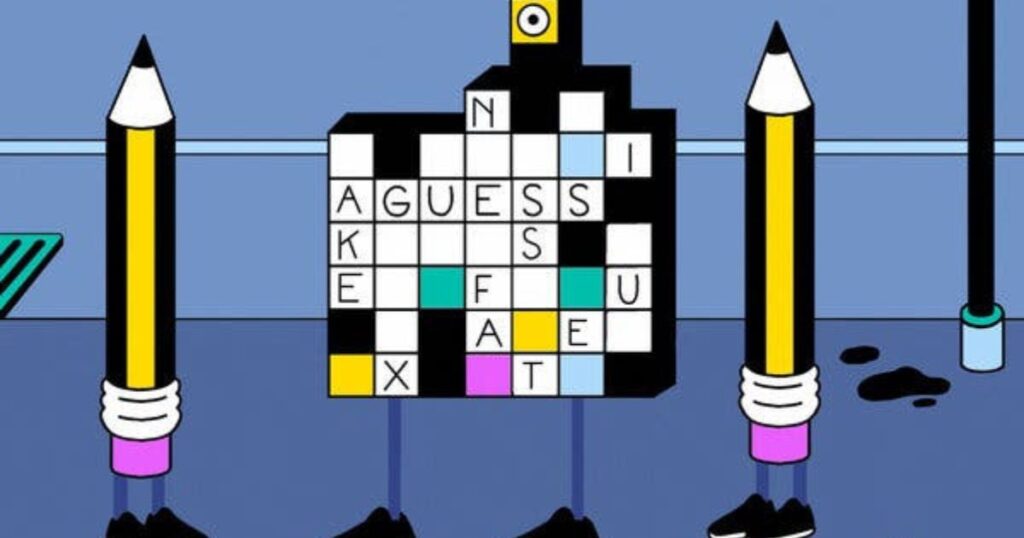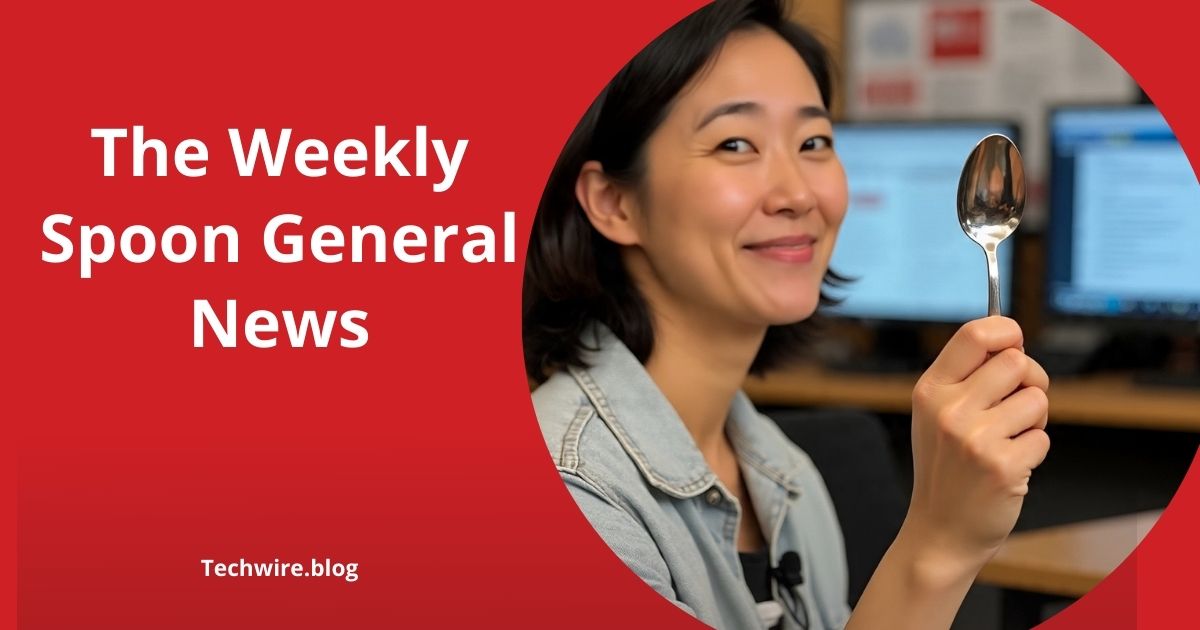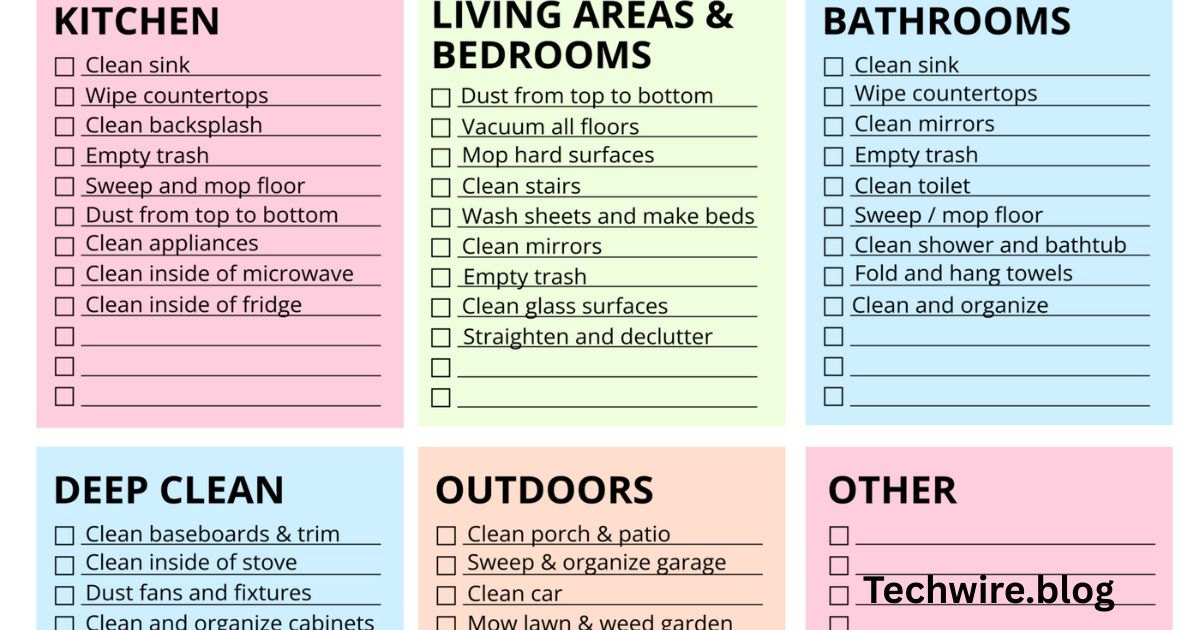Introduction
Crossword puzzles have long been a beloved pastime for millions around the globe, and none are more revered than those published in The New York Times. Known for their clever clues, cultural references, and linguistic playfulness, these puzzles challenge solvers on various levels. One clue that recently stirred interest is “Bumped Things NYT Crossword”. This clue, although short and seemingly simple, sparked curiosity due to its ambiguity and range of potential meanings.
In this article, we will explore the significance of this clue, how crossword clues are crafted, the art of solving ambiguous phrases like this one, and what makes The New York Times crossword a gold standard in puzzle-making.
Understanding the Clue: “Bumped Things”
The clue “Bumped things” appears to be deceptively simple. To an experienced crossword solver, it suggests that the answer will be either a plural noun or something colloquial. But what exactly does it mean?
- Does “bumped” refer to touching lightly, like in a crowded space?
- Could it be related to bumping into someone?
- Or is it referencing bumps on the body, like bruises?
- Perhaps it’s related to a dance move, such as in hip-hop slang?
When this clue appeared in The New York Times Crossword, it prompted a wide range of interpretations, which is precisely what makes NYT puzzles so intellectually engaging.
The Answer: “ELBOWS”
The correct answer to the clue “Bumped things” in The New York Times Crossword was ELBOWS.
Let’s break it down:
- The verb “to elbow” someone means to bump them with one’s elbow, often used in the context of pushing through a crowd.
- Elbows, as plural nouns, are indeed “things” that do the bumping.
- The clue is crafted to mislead slightly by using a vague verb in passive voice, which is a common technique in NYT crosswords.
This clue exemplifies the clever construction that crossword enthusiasts admire: it makes you think both literally and figuratively.
How NYT Crossword Clues Work

Precision and Wordplay
NYT crossword editors, particularly Will Shortz (who’s been editing the crossword since 1993), are known for maintaining high standards in clue writing. Clues like “Bumped things” are crafted with the intention to:
- Encourage multiple interpretations
- Use concise language
- Create “aha!” moments when the solver arrives at the correct answer
In this case, “bumped” is a past participle that leads the solver to think about the object being bumped, but the twist is that elbows are the things doing the bumping, not being bumped.
Use of Figurative Language
NYT clues frequently play with idioms, slang, or figurative speech. “Elbowing your way through” is an idiomatic phrase that means pushing through forcefully, usually in a crowd. The clue subtly points to this action.
This requires solvers to think outside the box and sometimes reframe the grammar or semantics of the clue.
The Role of Difficulty Levels
The NYT crossword increases in difficulty throughout the week:
- Monday puzzles are the easiest.
- Saturday is the most challenging standard puzzle.
- Sunday is larger (21×21) but closer to a Thursday difficulty.
A clue like “Bumped things” could appear on a Tuesday or Wednesday, where solvers are expected to recognize slight misdirection but still rely on common knowledge and idioms.
The Culture Behind NYT Crossword Clues
Pop Culture and Language
Part of the reason clues like “Bumped things” are so engaging is because they draw on everyday experiences. Elbows are universal—we all use them. We bump into people all the time, especially in crowded cities like New York. NYT clues frequently embed subtle cultural observations in just a few words.
Slang and Informal Usage
While crossword puzzles used to be more formal, modern NYT crosswords often incorporate:
- Slang (e.g., “YOLO,” “SUS”)
- Modern phrases (e.g., “streaming service,” “going viral”)
- Internet culture references
“Bumped” could have easily led someone to think about online posts being “bumped” to the top of a feed, or songs being “bumped” in a playlist. That kind of misdirection is part of what makes crosswords modern and timeless at the same time.
The Art of Solving Ambiguous Clues
Context Is Key
With clues like “Bumped things,” solvers rely on surrounding answers to help decode the mystery. This is called crosschecking. You may not know the answer immediately, but getting the letters from the down clues (or across ones) helps you discover it.
Lateral Thinking
Lateral thinking is crucial in solving NYT crosswords. You often need to:
- Interpret clues non-literally
- Think about synonyms
- Consider different meanings of a word (as a noun, verb, adjective, etc.)
In this case, recognizing “bumped” not as something that happened to an object but as something done by an object was the mental twist needed.
Avoiding the Trap of Overthinking
It’s also easy to overcomplicate clues. Some solvers may think “bumped” refers to complicated physics, or social media algorithms. But often, the most elegant solution is the simplest—like “elbows.”
Why People Love NYT Crossword Clues Like This
The “Aha!” Moment
There’s a psychological thrill in arriving at the right answer after grappling with ambiguity. The moment you see how “elbows” fits perfectly, it feels like solving a mini-mystery.
Linguistic Playfulness
Puzzles like this showcase the flexibility and playfulness of the English language. A word like “bumped” can lead to multiple interpretations. Crossword solvers enjoy that mental exercise.
Sense of Community
Solvers often discuss tricky clues like “Bumped things” online, through forums, Reddit threads, or Wordplay—the official NYT crossword blog. These discussions bring crossword fans together, turning the experience into a shared joy.
Memorable Clues Similar to “Bumped Things”
Here are a few other famous or tricky clues that operate similarly to “Bumped things”:
| Clue | Answer | Explanation |
|---|---|---|
| Bends in the road? | ELS | Letter “L”s bend |
| Time for a nap | SIESTA | Literal and figurative |
| It’s just over your head | HALO | Wordplay on location and metaphor |
| “One out?” | SINGULAR | Play on grammatical terms |
These clues, like “Bumped things,” rely on ambiguity, clever phrasing, and misdirection—all tools used by expert crossword constructors.
Crossword Construction Techniques

To appreciate “Bumped things” even more, it helps to understand how clues are constructed:
- Surface Meaning vs. True Meaning: Clues are designed to mislead on the surface but be accurate underneath.
- Brevity is power: A great clue does a lot with very few words.
- Answer matching: Clue and answer must agree in tense, number, and part of speech.
The clue “Bumped things” aligns perfectly with “elbows” in terms of plurality and implied action.
Final Thoughts
The clue “Bumped things” in the New York Times Crossword is a small example of the brilliance and thoughtfulness that goes into each puzzle. With just two words, the constructor managed to:
- Introduce ambiguity
- Invite lateral thinking
- Create satisfaction through clarity
The answer “elbows” demonstrates how language, culture, and intellect intersect in the crossword world. Whether you’re a casual solver or a crossword devotee, clues like this remind us that great puzzles are not just games—they’re linguistic art.
Conclusion
Crossword puzzles have stood the test of time not just because of tradition, but because of the thrill they offer. The “Bumped Things NYT Crossword” clue is a masterclass in concise, clever wordplay. It reflects what solvers love most about The New York Times puzzles: their ability to challenge, entertain, and enlighten all at once.
So the next time you’re faced with a vague clue like this, remember: it’s not just about knowing words—it’s about understanding how they move, twist, and transform in the hands of a brilliant puzzle maker.










